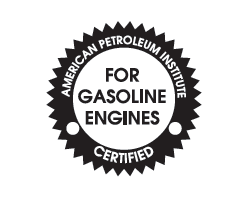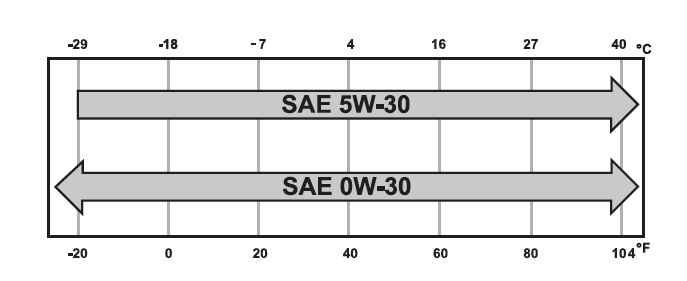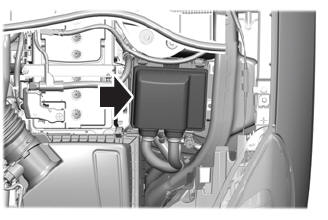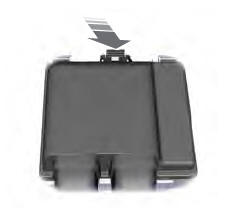Ford Escape: Capacities and Specifications / Engine Oil Capacity and Specification - 2.0L EcoBoost™
Use oil that meets the defined specification and viscosity grade.
If you do not use oil that meets the defined specification and viscosity grade, it could result in:
- Component damage that your vehicle warranty does not cover.
- Longer engine cranking periods.
- Increased emission levels.
- Reduced vehicle performance.
- Reduced fuel economy.

An oil that displays this symbol conforms to current engine, emission system and fuel economy performance standards of ILSAC.
We recommend Motorcraft motor oil for your vehicle. If Motorcraft oil is not available, use motor oils of the recommended viscosity grade that meet API SP requirements and display the API Certification Mark for gasoline engines.
Do not use supplemental engine oil additives because they are unnecessary and could lead to engine damage that your vehicle warranty does not cover.
Capacities

Materials

Alternative Engine Oil for Extremely Cold Climates
To improve engine cold start performance, we recommend that you use the following alternative engine oil in extremely cold climates, where the ambient temperature reaches -22.0°F (-30°C) or below.
Materials


 Engine Oil Capacity and Specification - 1.5L EcoBoost™
Engine Oil Capacity and Specification - 1.5L EcoBoost™
Use oil that meets the defined
specification and viscosity grade.
If you do not use oil that meets the defined
specification and viscosity grade, it could
result in:
Component damage that your vehicle
warranty does not cover...
 Engine Oil Capacity and Specification - 2.5L, Hybrid Electric Vehicle (HEV)/Plug-In
Hybrid Electric Vehicle (PHEV)
Engine Oil Capacity and Specification - 2.5L, Hybrid Electric Vehicle (HEV)/Plug-In
Hybrid Electric Vehicle (PHEV)
Use oil that meets the defined
specification and viscosity grade.
If you do not use oil that meets the defined
specification and viscosity grade, it could
result in:
Component damage that your vehicle
warranty does not cover...
Other information:
Ford Escape 2020-2025 Service Manual: Removal and Installation - High Voltage High Current Fuse - Plug-In Hybrid Electric Vehicle (PHEV)
Removal WARNING: To prevent the risk of high-voltage shock, always follow precisely all warnings and service instructions, including instructions to depower the system. The high-voltage system utilizes approximately 450 volts DC, provided through high-voltage cables to its components and modules...
Ford Escape 2020-2025 Service Manual: Removal and Installation - Gateway Module A (GWM)
Removal NOTE: Removal steps in this procedure may contain installation details. NOTE: If installing a new module, it is necessary to upload the module configuration information to the scan tool prior to removing the module. This information must be downloaded into the new module after installation...
Categories
- Manuals Home
- 4th Generation Ford Escape Owners Manual
- 4th Generation Ford Escape Service Manual
- Adjusting the Headlamps
- Child Safety Locks
- Electric Parking Brake
- New on site
- Most important about car
Under Hood Fuse Box
Locating the Under Hood Fuse Box

Accessing the Under Hood Fuse Box

